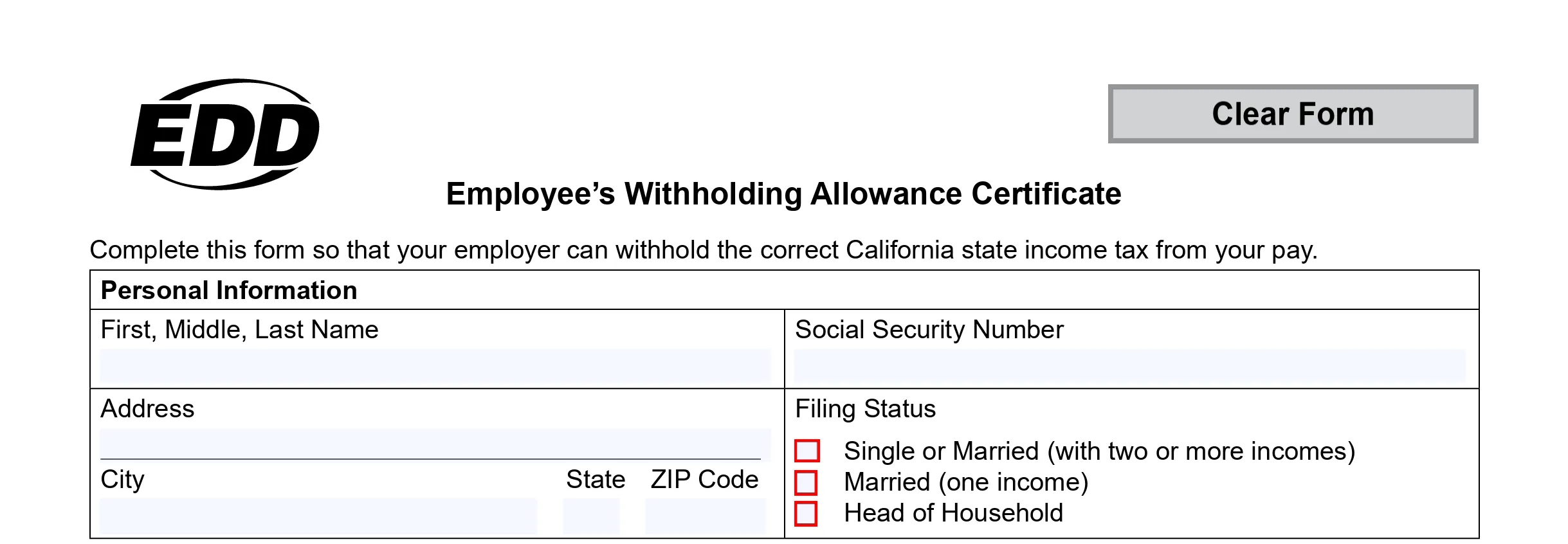UPDATE: New Rules related to Charitable Contributions Deduction For 2021

The recent COVID-related tax relief act extends and enhances those liberalized charitable contribution deduction provisions. Here is a small summary of these charitable contribution tax benefits for 2021:
Charitable Contributions for Non-Itemizers
The Taxpayer Certainty and Disaster Tax Relief Act allows those who don’t itemize their deductions a deduction of up to $300 for cash contributions made during 2021. Married couples filing jointly are allowed a deduction of up to $600 for the cash contributions they make during 2021. This is an increase from 2020 when the contribution was limited to $300 regardless of filing status. However, contributions by non-itemizers to new or existing donor-advised funds or private foundations don’t qualify for either year.
For 2021, the $300 or $600 amount is an add-on to a non-itemizers standard deduction. Claiming the deduction as part of the standard deduction for 2021 may not be quite as beneficial tax-wise for some taxpayers as was the deduction for 2020. This is because on 2020 returns the cash contributions, up to $300, are deducted in computing adjusted gross income, while on 2021 returns, the deduction will be taken after the AGI is figured. This distinction matters because many credits and other tax benefits are limited by the AGI amount.
Cash Contributions for Itemizers
Under the CARES Act that was enacted in March 2020, the 60% deduction limit on cash contributions to most charities was suspended for 2020, thus allowing larger cash contributions during the COVID crisis—potentially up to 100% of the AGI. Under the Taxpayer Certainty and Disaster Tax Relief Act of 2020, the suspension of the 60% limit has been extended to 2021.
Cash contributions include those paid by cash, check, electronic funds transfer, or credit card. Taxpayers cannot deduct a cash contribution, regardless of the amount, unless they can document the contribution in one of the following ways:
- A bank record that shows the name of the qualified organization, the date of the contribution, and the amount of the contribution. Bank records may include:
- - A canceled check,
- - A bank or credit union statement or
- - A credit card statement.
- A receipt (or a letter or other written communication) from the qualified organization showing the name of the organization and the date and amount of the contribution.
- Payroll deduction records that include a pay stub showing the contribution and a pledge card showing the name of the charitable organization. If the employer withheld $250 or more from a single paycheck, the pledge card or other document must state that the organization does not provide goods or services in return for any contribution made to it by payroll deduction.
To claim a deduction for a contribution of $250 or more, the taxpayer must have a written acknowledgment of the contribution from the qualified organization that includes the following details:
- The amount of cash contributed;
- Whether the qualified organization gave the taxpayer goods or services (other than certain token items and membership benefits) as a result of the contribution and a description and good-faith estimate of the value of any goods or services that were provided (other than intangible religious benefits); and
- A statement that the only benefit received was an intangible religious benefit if that was the case.
If you have questions related to Charitable Contributions please contact us at [email protected] or book a call here
If you need more information go to The COVID-Related Tax Relief Act of 2020 and Other COVID-Related Tax Provisions in P.L. 116-260



